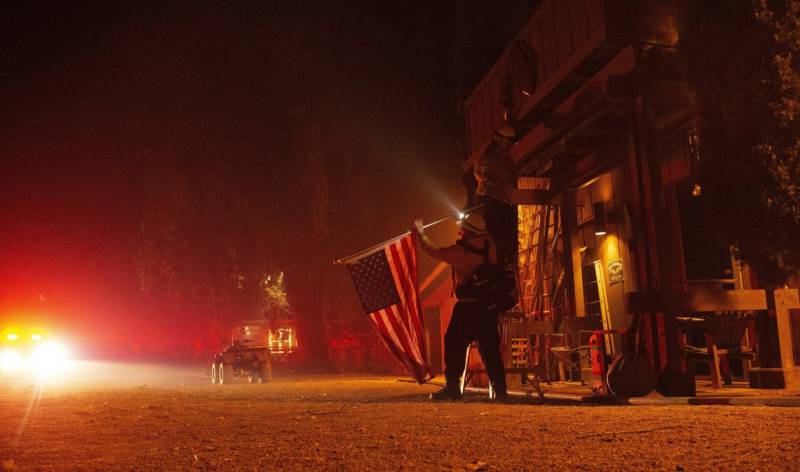A disaster strikes a community near you, or one far away, and you want to help. Some people will volunteer their time or needed goods, while others will donate money to an organization — but how do you know that the dollars you are giving are going to a trusted group?
How to Avoid Donation Scams After a Disaster

Scammers can use text messages, telemarketing, mail, emails — and even go door to door to target residents of affected areas — after a disaster, the Federal Communications Commission warned. Scammers can also change caller ID so it seems they’re calling from a local area code, the Federal Trade Commission said.
“Sham charities succeed by mimicking the real thing,” said the AARP. “They create well-designed websites with deceptive names.”
People donate hundreds of billions of dollars to charities every year, according to the Giving USA Foundation. Experts offer these tips to avoid falling for a scam:
1. Be wary of those trying to pressure you to donate
That’s what scammers do, experts said. Another trick scammers use, the AARP noted, is making people think they’ve donated to the organization before: “a common trick unscrupulous fundraisers use to lower your resistance.”
2. Verify information in social media posts
Crowdfunding websites like GoFundMe host individual requests for help, but they aren’t always vetted, the FCC said.
3. Do not click on suspicious links or attachments in emails
These could be used to spread malware, the FCC said.
4. Do not give out personal or financial information
That includes Social Security and bank account numbers, or your date of birth. Those can be used to steal your identity (and your money), AARP warned.
5. Know which charity you are donating to
Experts recommend donating to well-known, trusted charities. Some scammers may use names of charities that seem similar to established ones. You can always double-check by looking at the group’s official website, the FCC said. And, if you're using text-to-donate, check with the charity to ensure the number is legitimate before giving.
6. Other places to check up on charities
The State of California, the Better Business Bureau's Wise Giving Alliance, Charity Navigator and CharityWatch.
7. Know how your donation will be used
Be sure you know who is getting it. FTC noted: “Scammers make lots of vague and sentimental claims but give no specifics about how your donation will be used.” AARP also cautioned that all charities have fundraising and administrative costs, so claims that 100% of your money will go to whomever they’re claiming to help should send up a red flag.
8. Watch how you pay
Don’t make donations by cash, gift card or wiring money. “That’s how scammers ask you to pay,” said the FTC. Donate by credit card or check instead.
9. Keep a record of your payment
And don't forget to check your bank statement to make sure you’re charged the amount you agreed to donate, and haven’t been signed up for a recurring donation (if you didn’t agree to do so).
Have complaints about your experience with a charity? Contact the California Attorney General’s Office, FCC or FTC.
